A solenoid valve is a combination of two functional units:
- A solenoid operator essentially consisting of a coil, core, core tube, shading coil and spring(s).
- A valve body containing orifices in which a disc, diaphragm or piston etc. is positioned according to the type of technology used.
The valve is opened or closed by movement of the magnetic core which is drawn into a solenoid when the coil is energized.
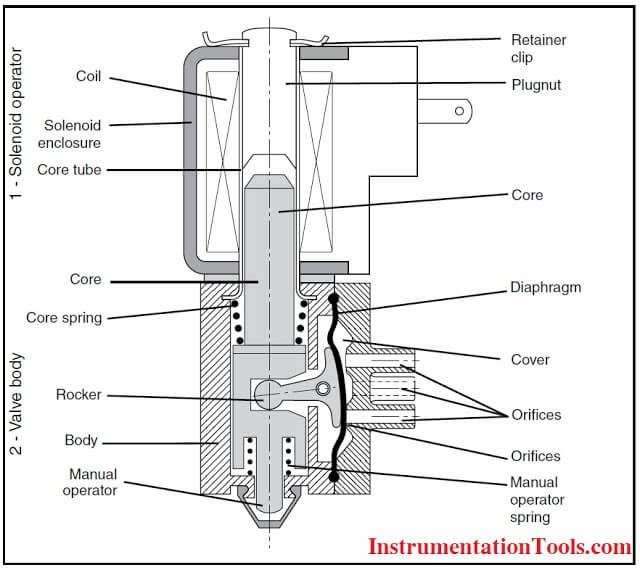
SOLENOID VALVE TERMINOLOGY
Coil
Electrical part of the valve consisting of a spool wound with insulated copper wire creating a magnetic flux when energised. The coil is held in place on the tube with a retaining clip.
Core
Soft-magnetic plug-nut moved by magnetic forces (flux generated by the coil).
Core spring
Spring which keeps the core in fixed position when the coil is de-energised.
Core tube
Stainless steel tube closed at one end, in- stalled to improve the magnetic flux of the solenoid coil upon energisation
Cover
Cover mounted on the valve body and incorporating a number of orifices.
Diaphragm
Seal-tight diaphragm isolating the fluid from the control system.
Disc, valve disc
Sealing material on the core or disc-holder which shuts off the seat orifice.
Manual operator
Manual operation of the lever to open or close the orifices.
Manual operator spring
Drawback spring ensuring return of the pulse control device to its initial position
Orifices
Orifices for fluid transit.
Plug-nut
Stationary core pressed in the closed end of the core tube, installed to improve the magnetic flux of the solenoid coil upon energisation.
Retainer clip
Clip anchoring the coil to the yoke.
Rocker
Moving part serving to open and close the orifices for the passage of fluid.
Seating or valve seat
Specially formed border of the main valve.
Solenoid enclosure
Metal housing around the coil for electrical and mechanical protection, as well as protection against ingress of water or dust.
Valve body
Main part of the valve with all ports and main seats
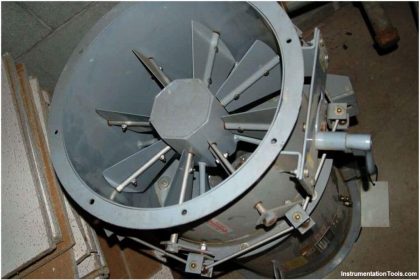
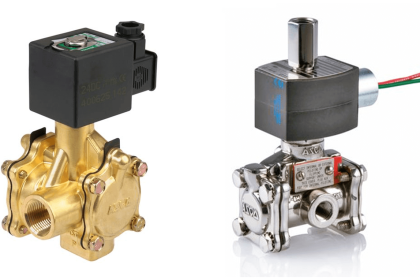
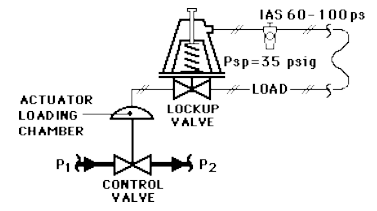
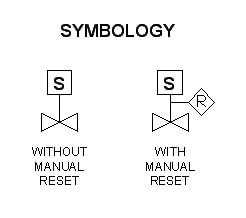
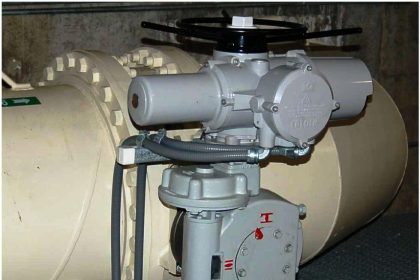
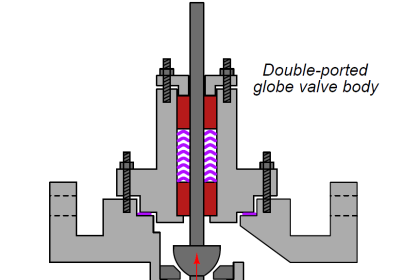
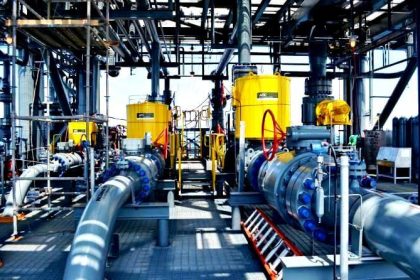
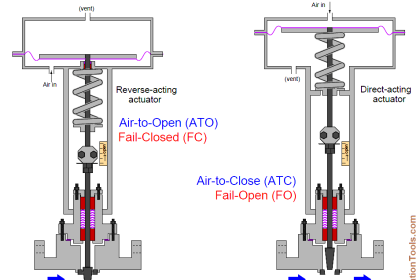

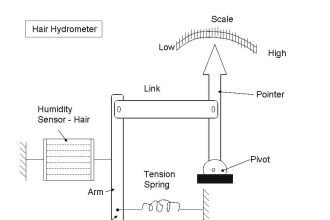
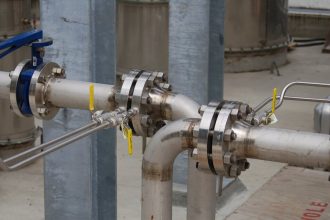

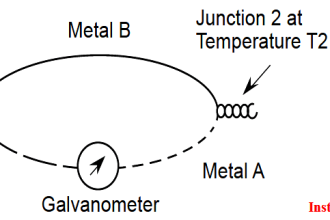
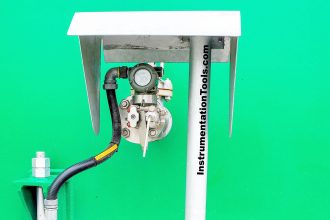
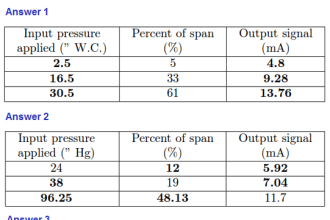
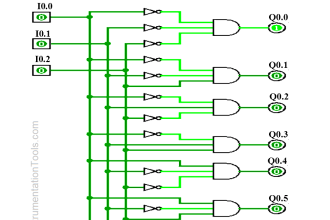

I’m glad I came across this post. Emailed it to myself to learn afterwards from my desktop. Will try for connecting with you on Facebook then too.
hi reddy, thanks very much, great.